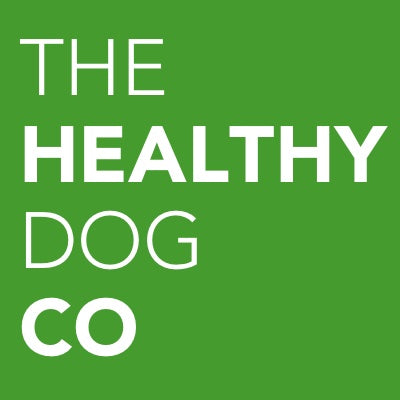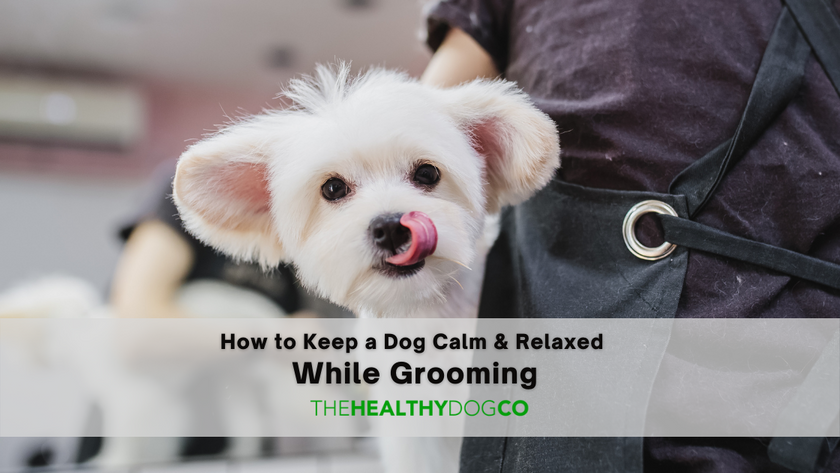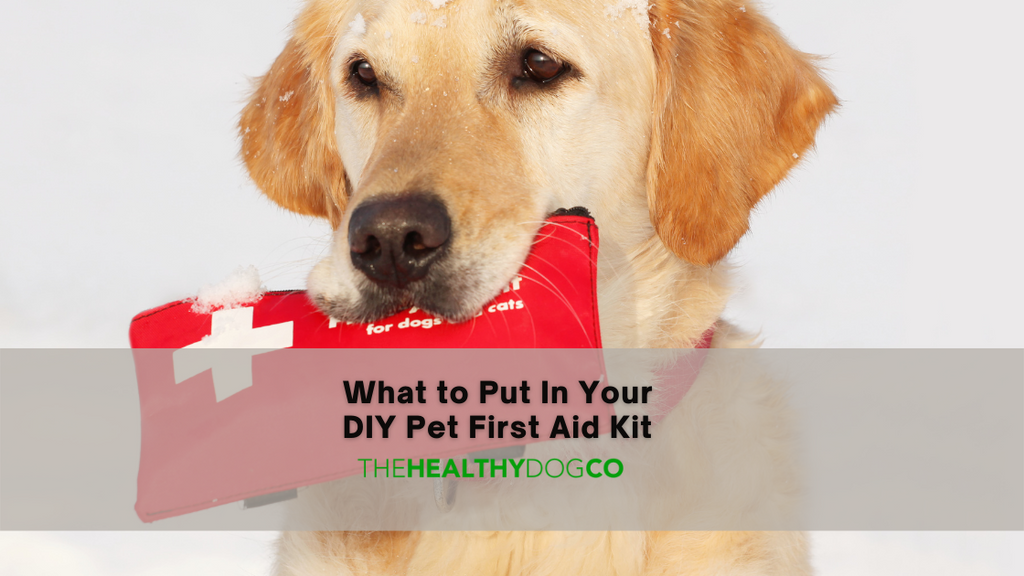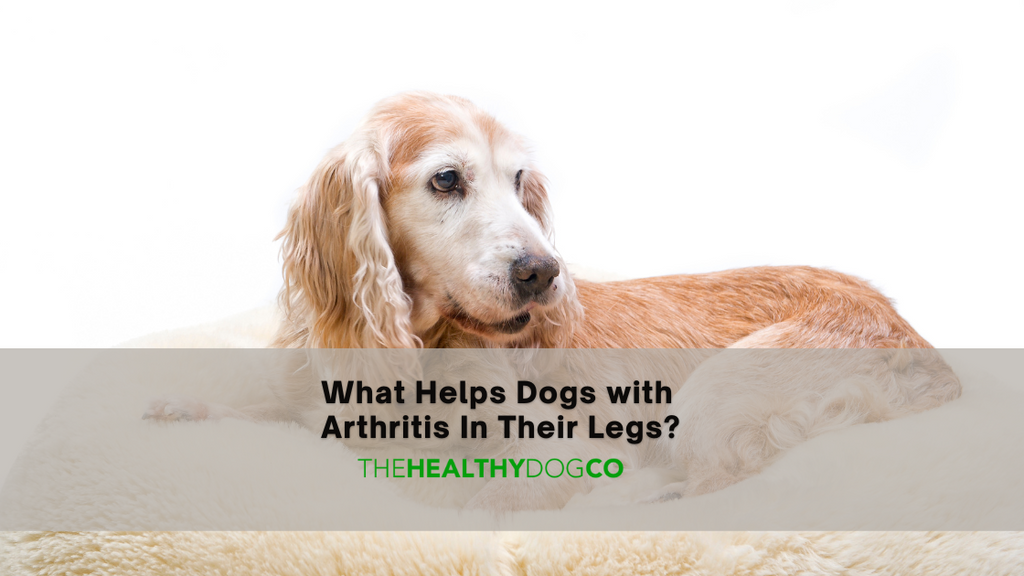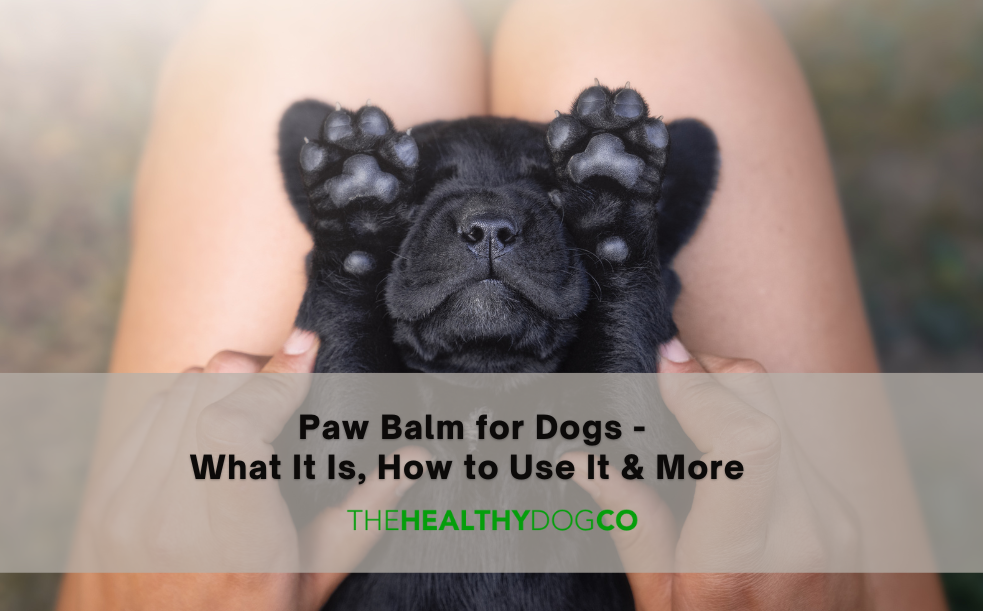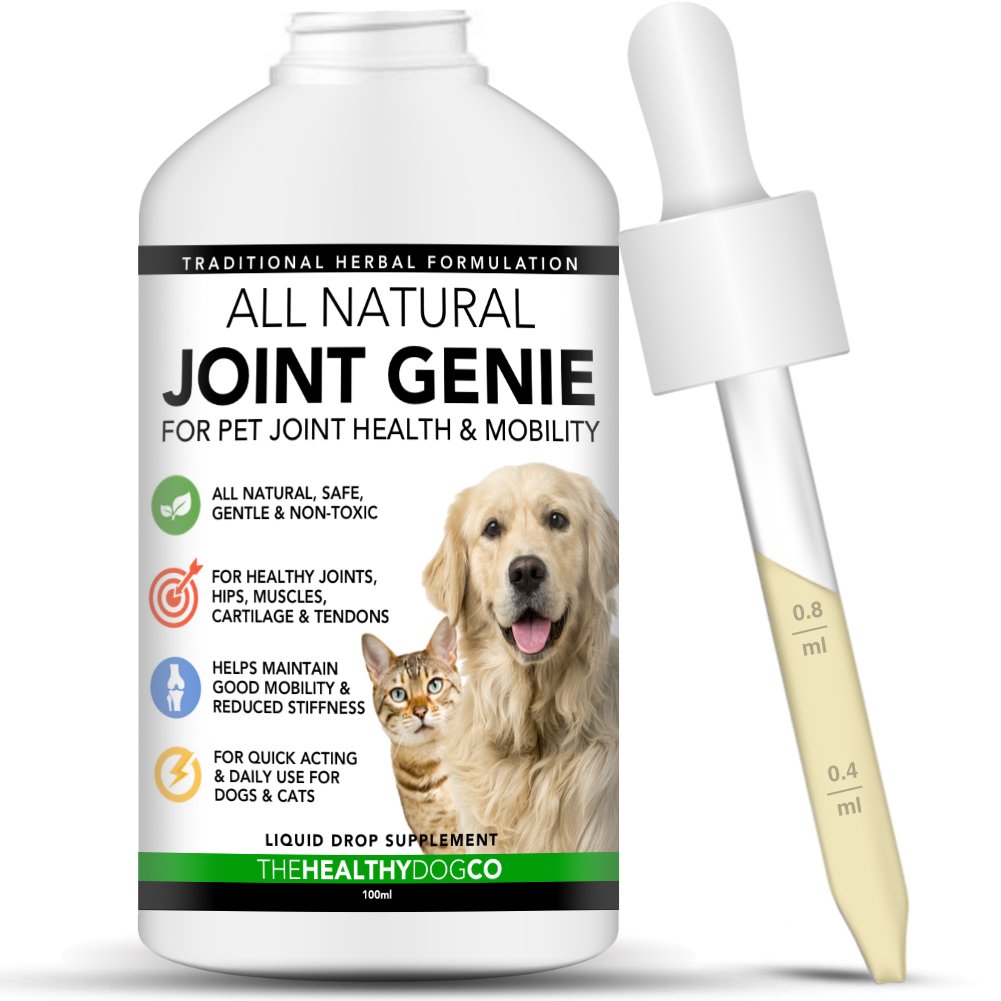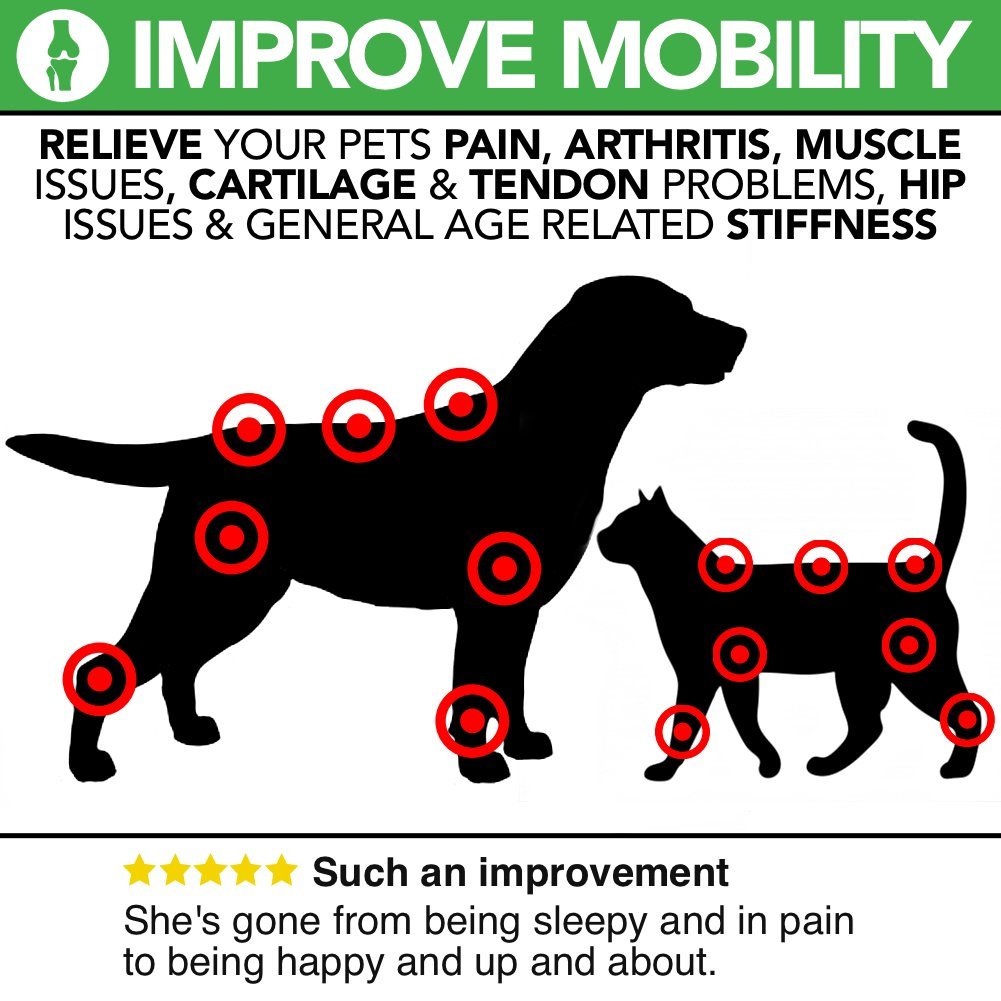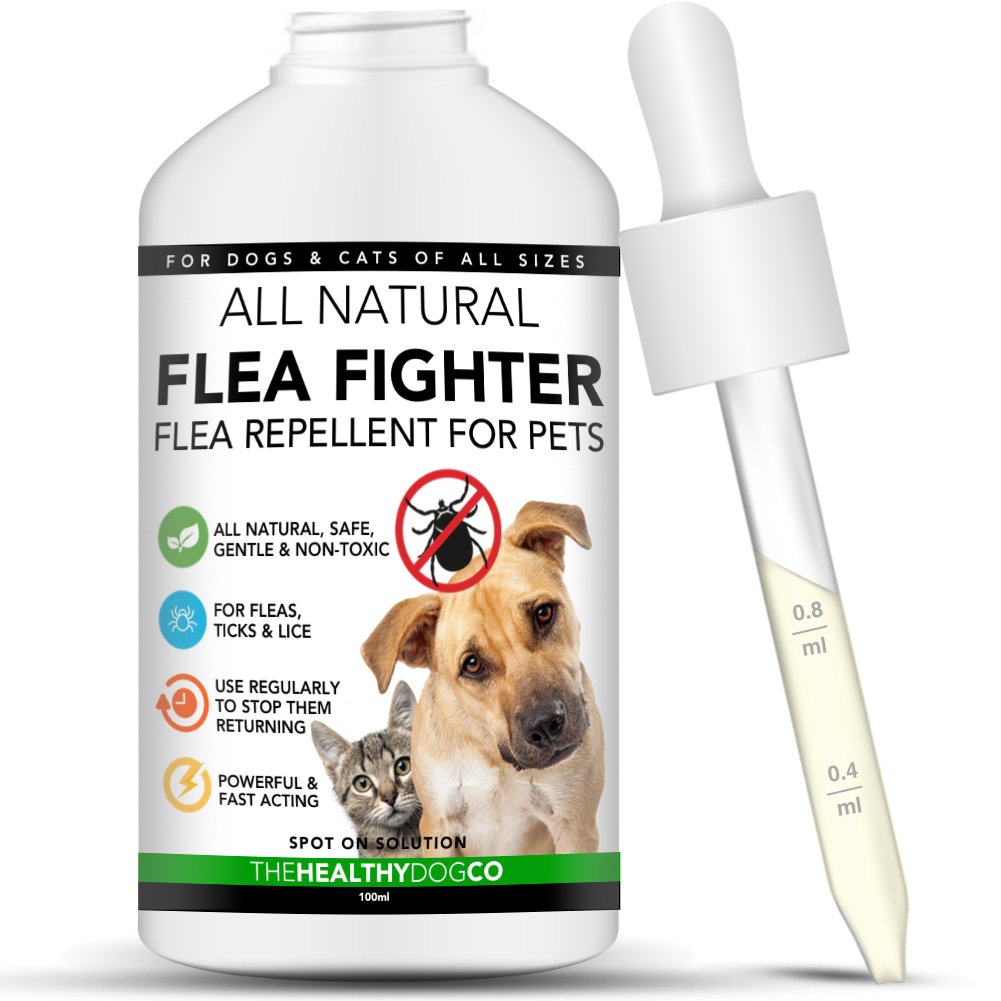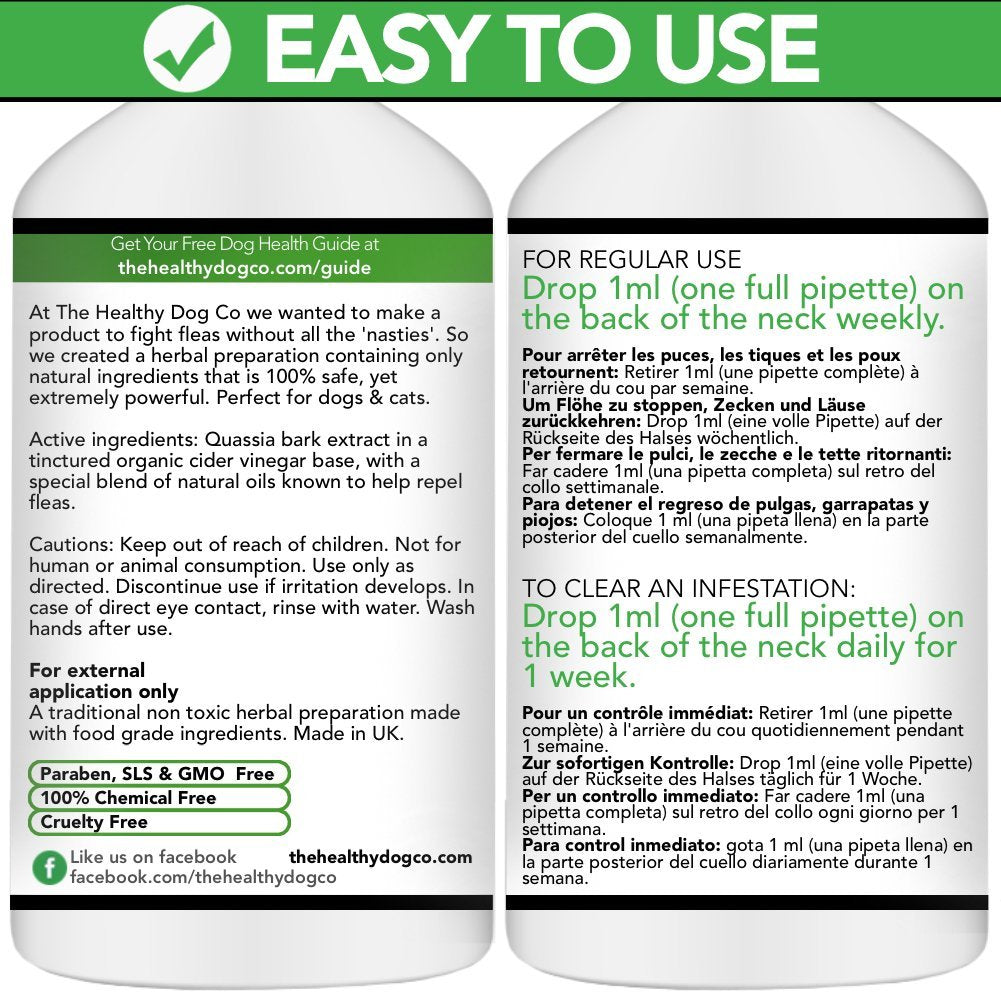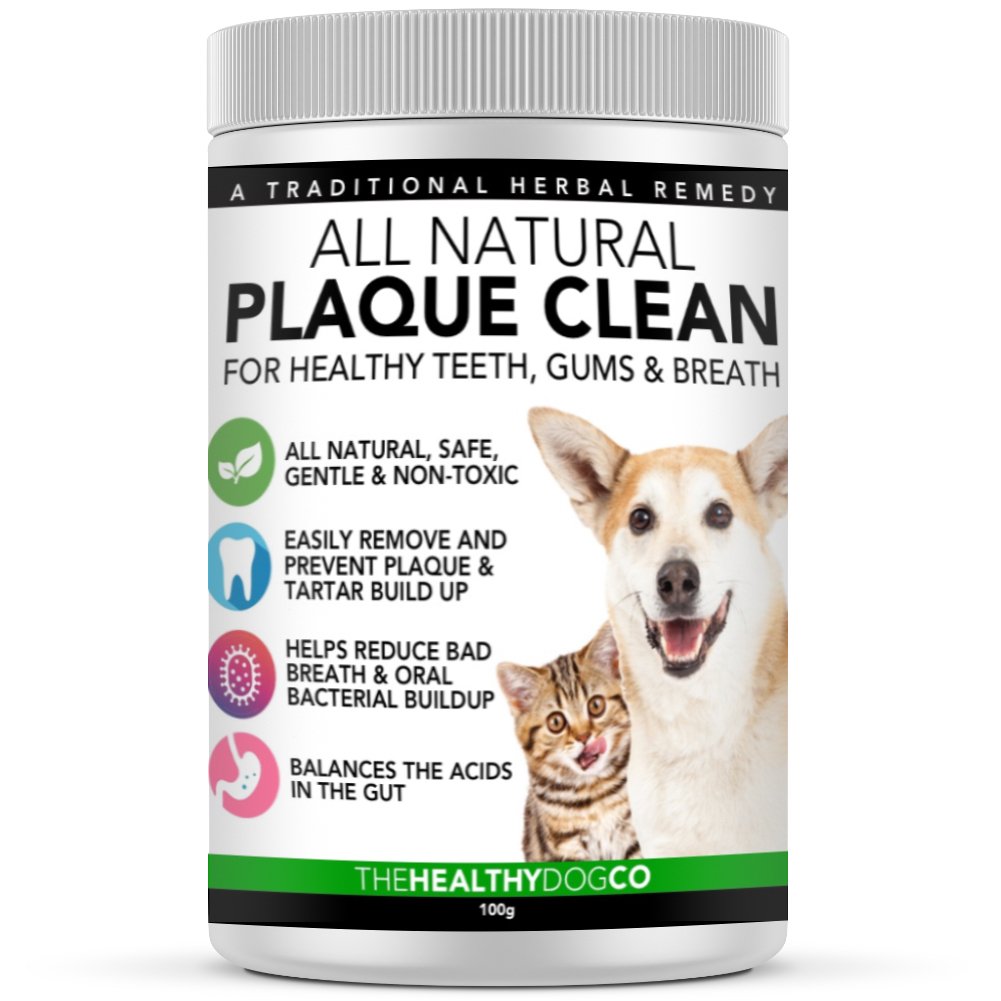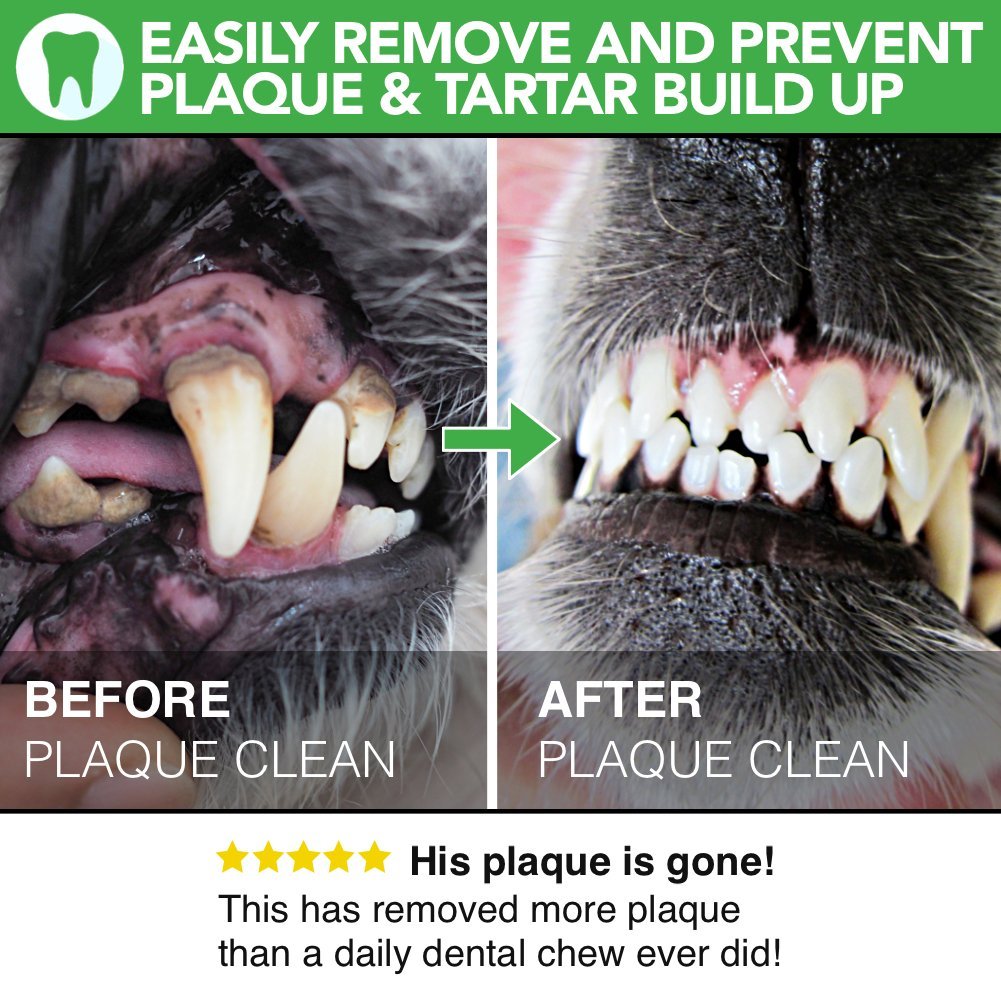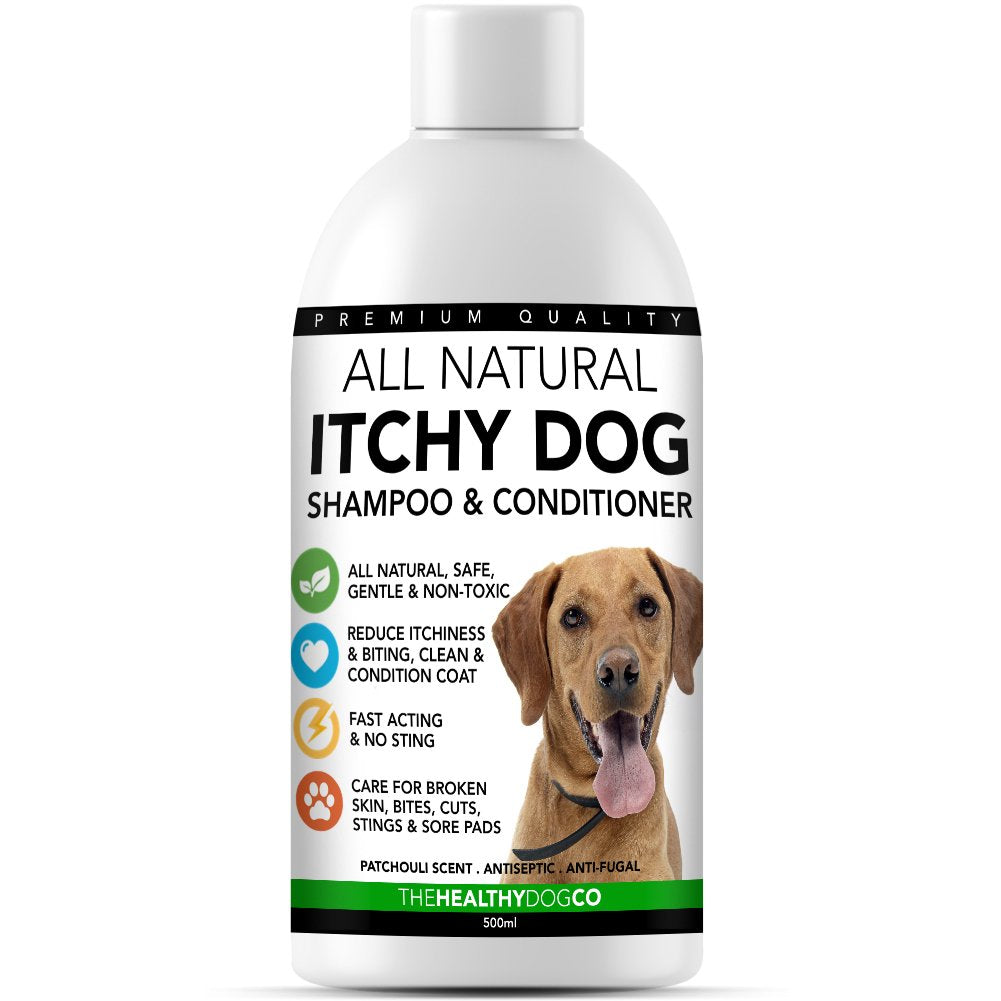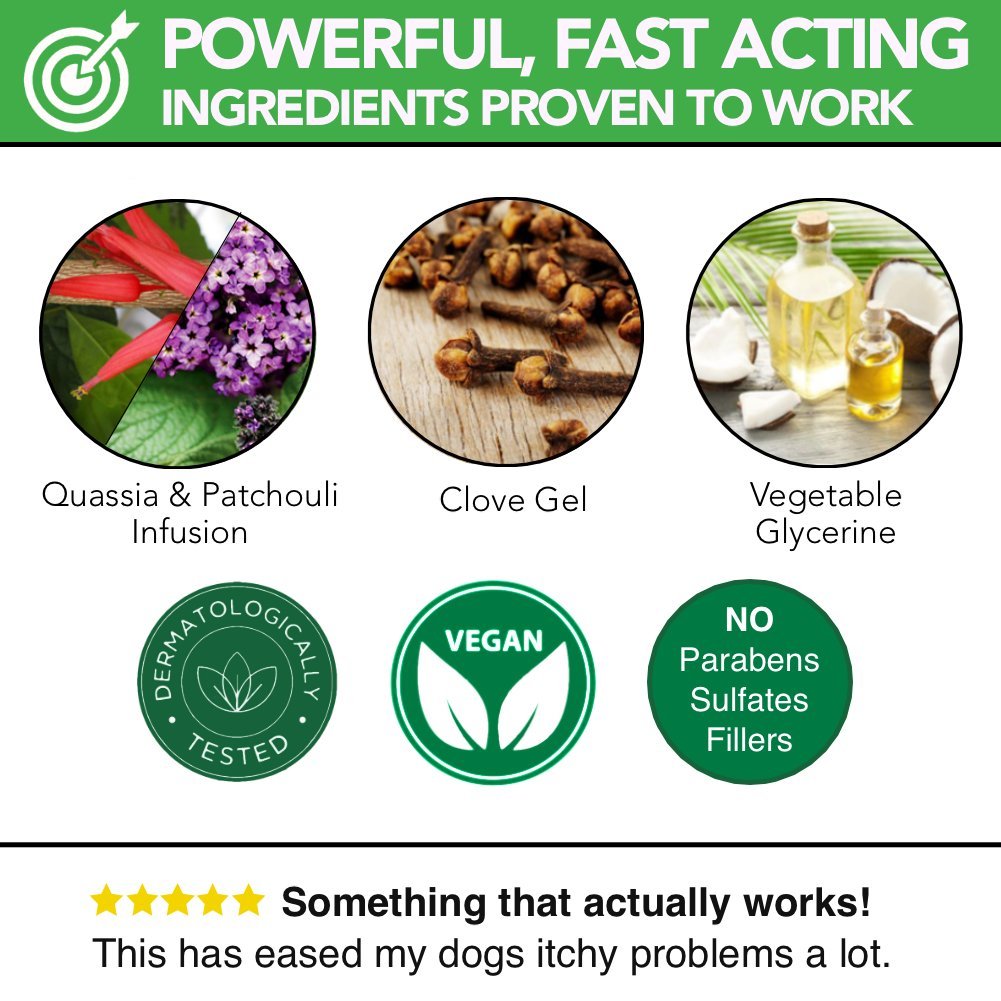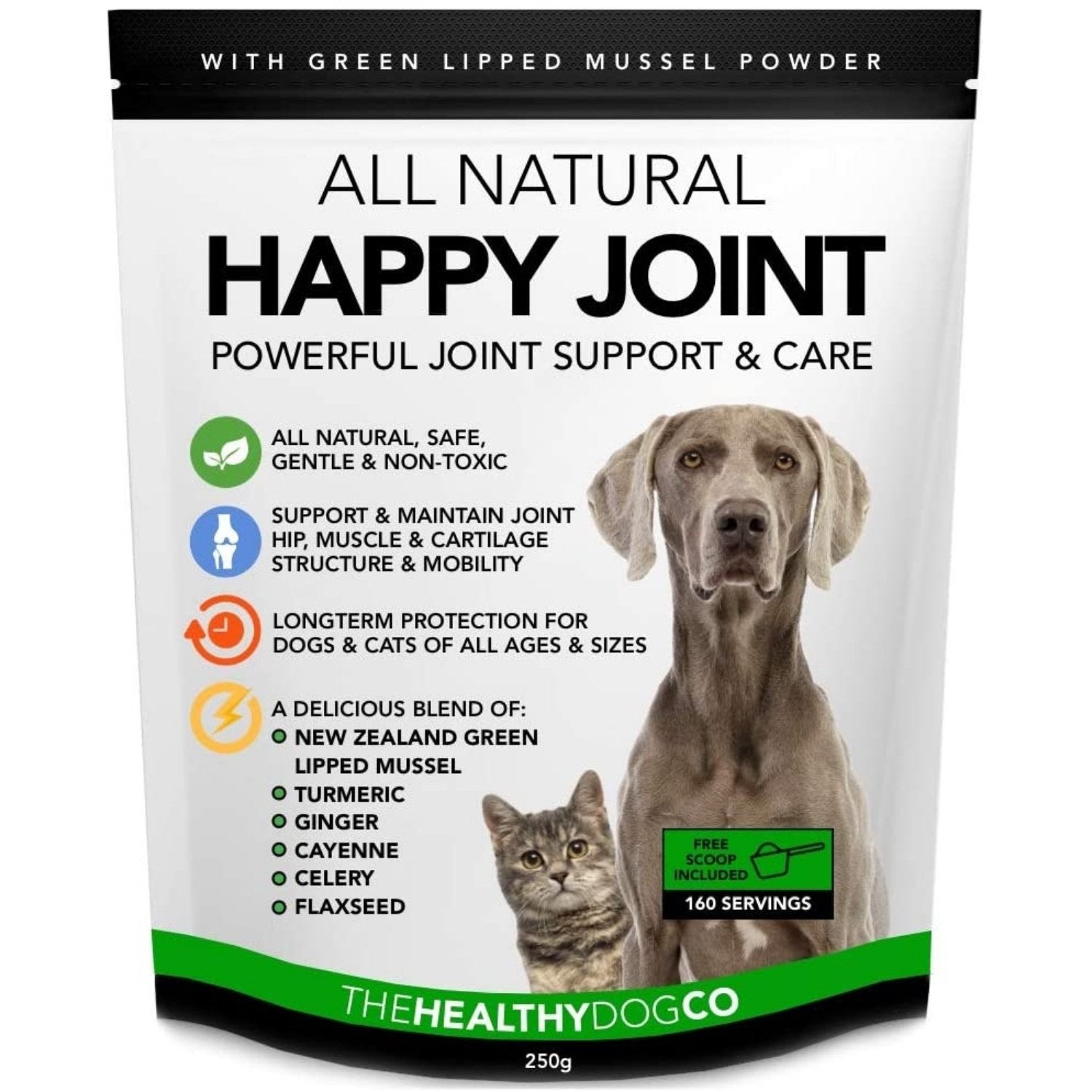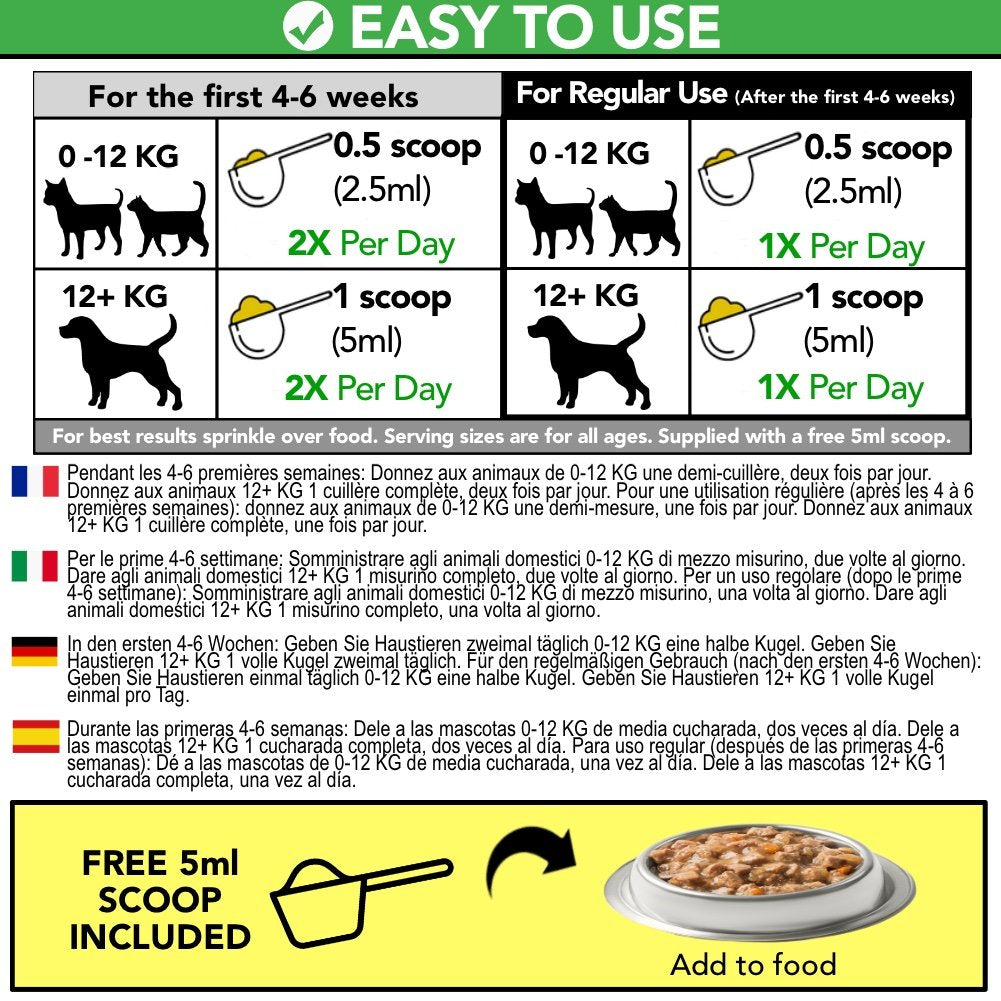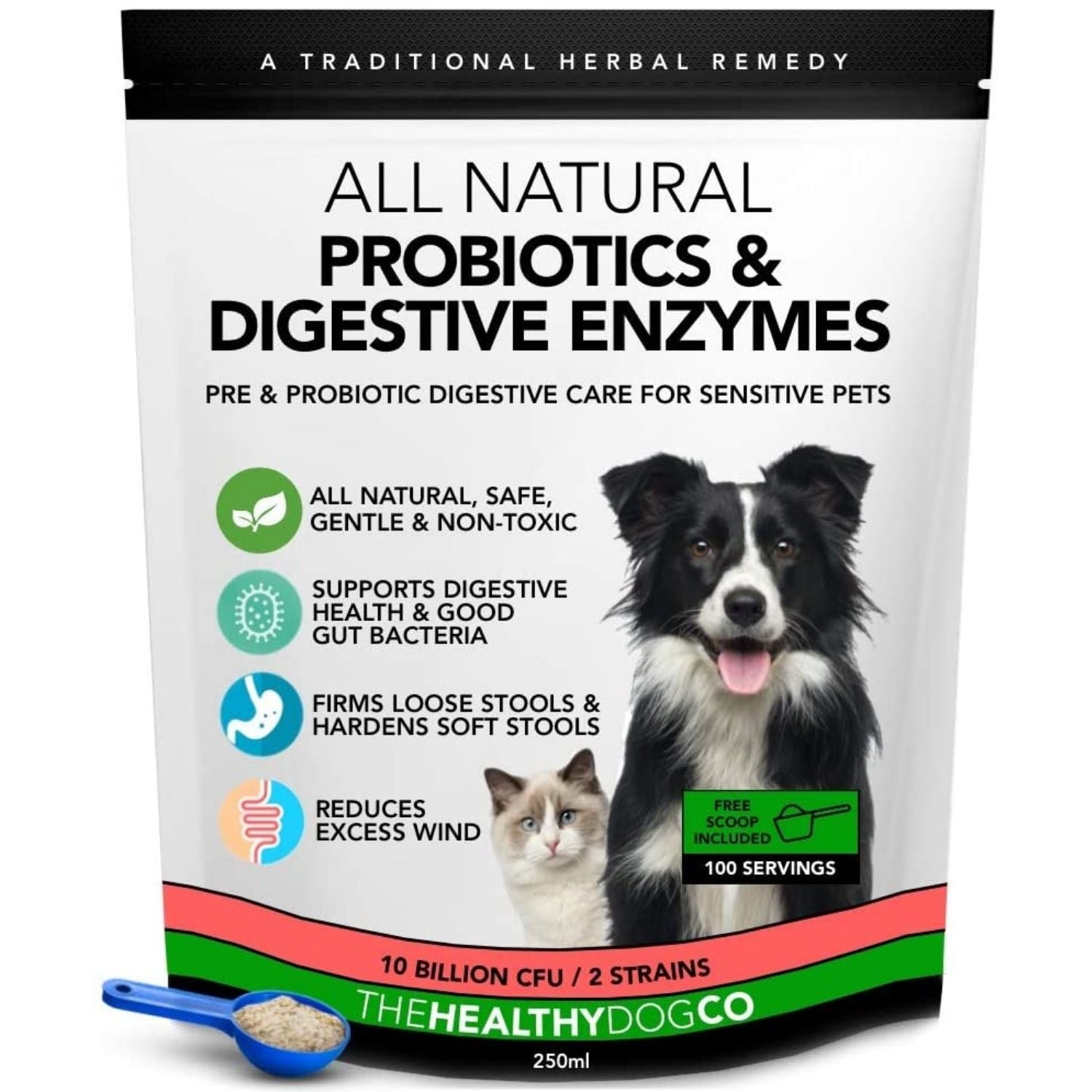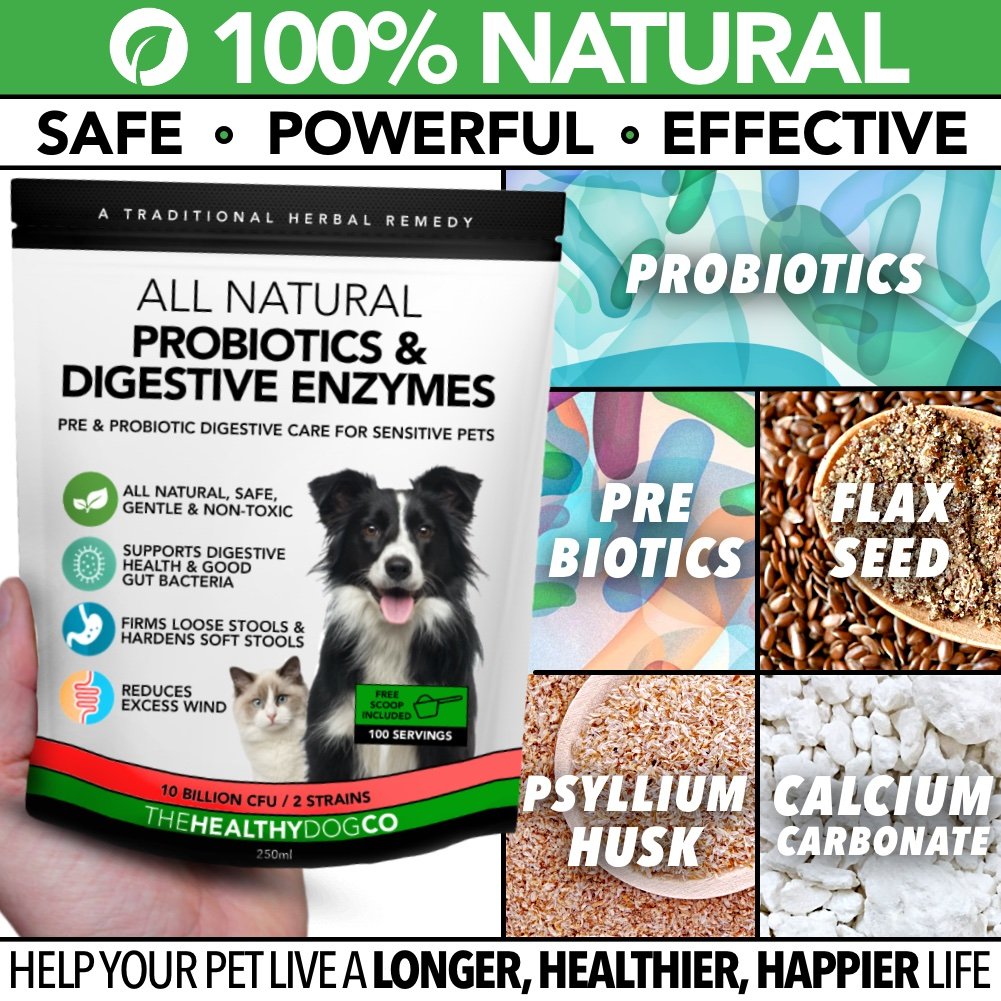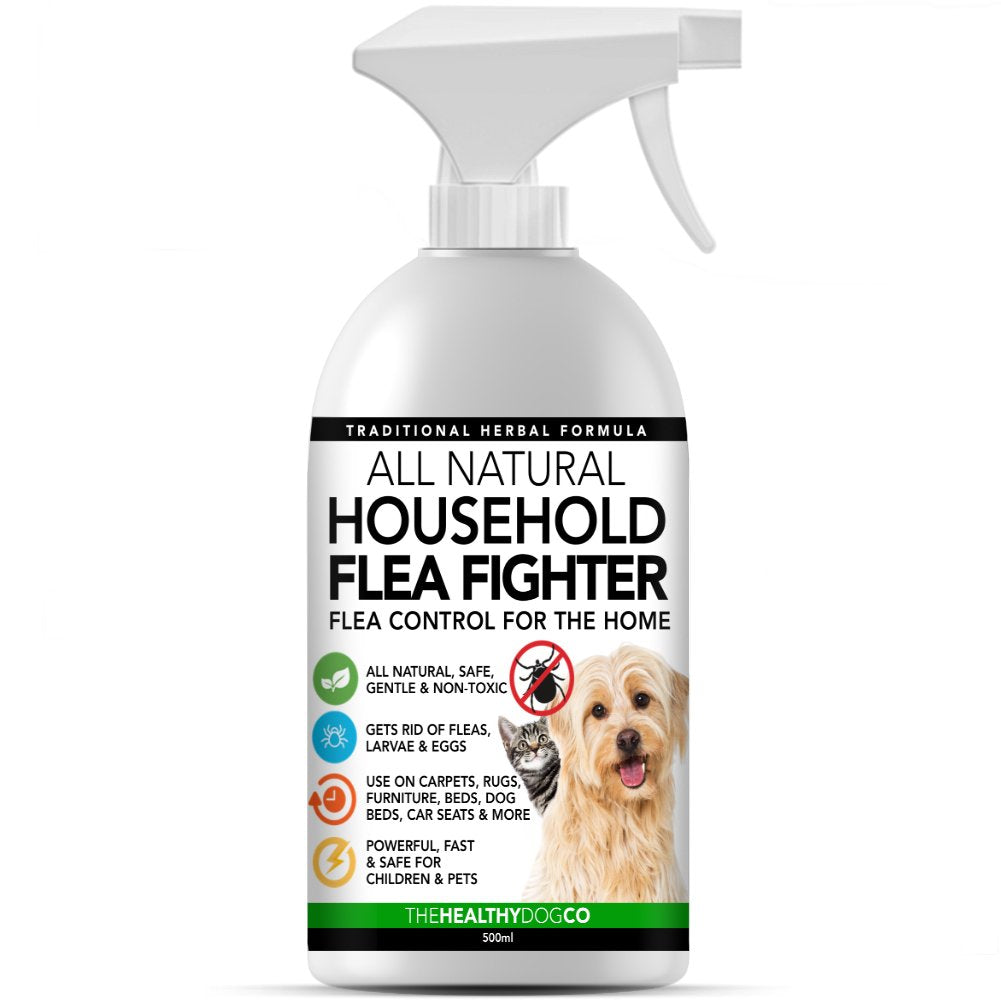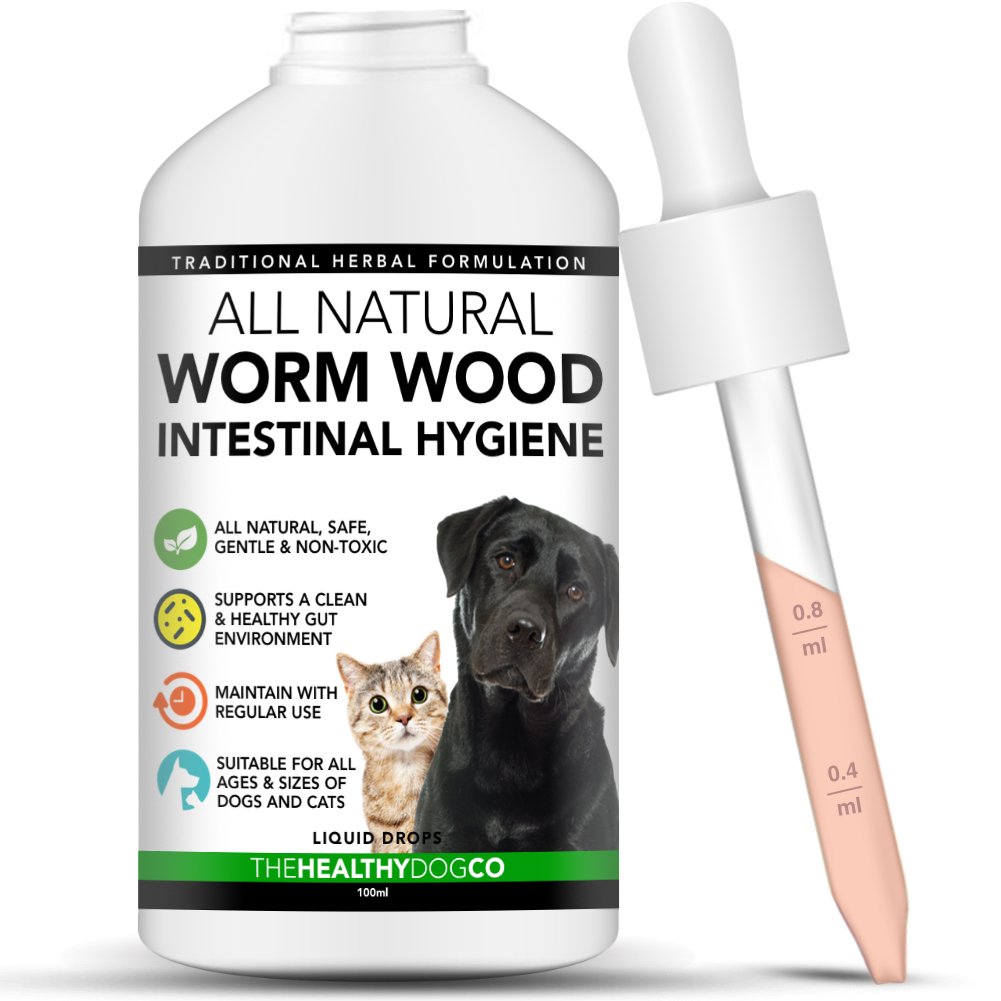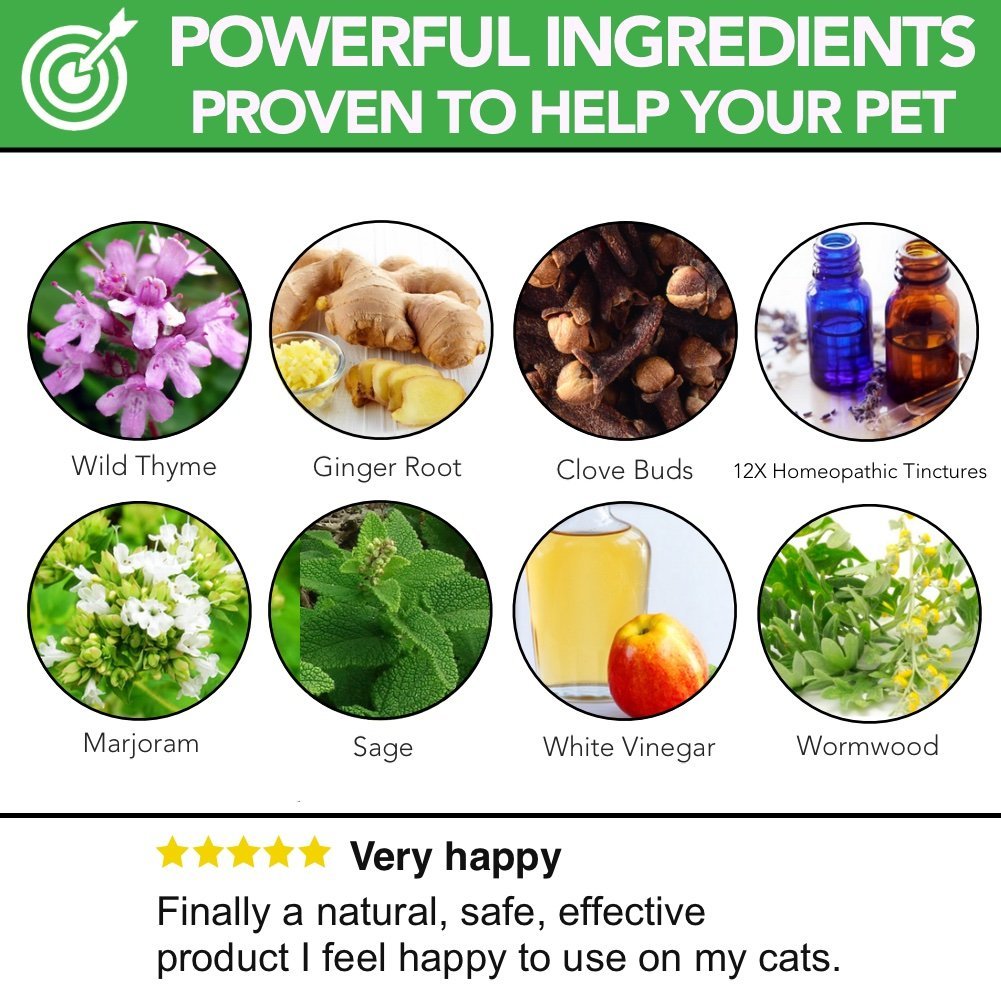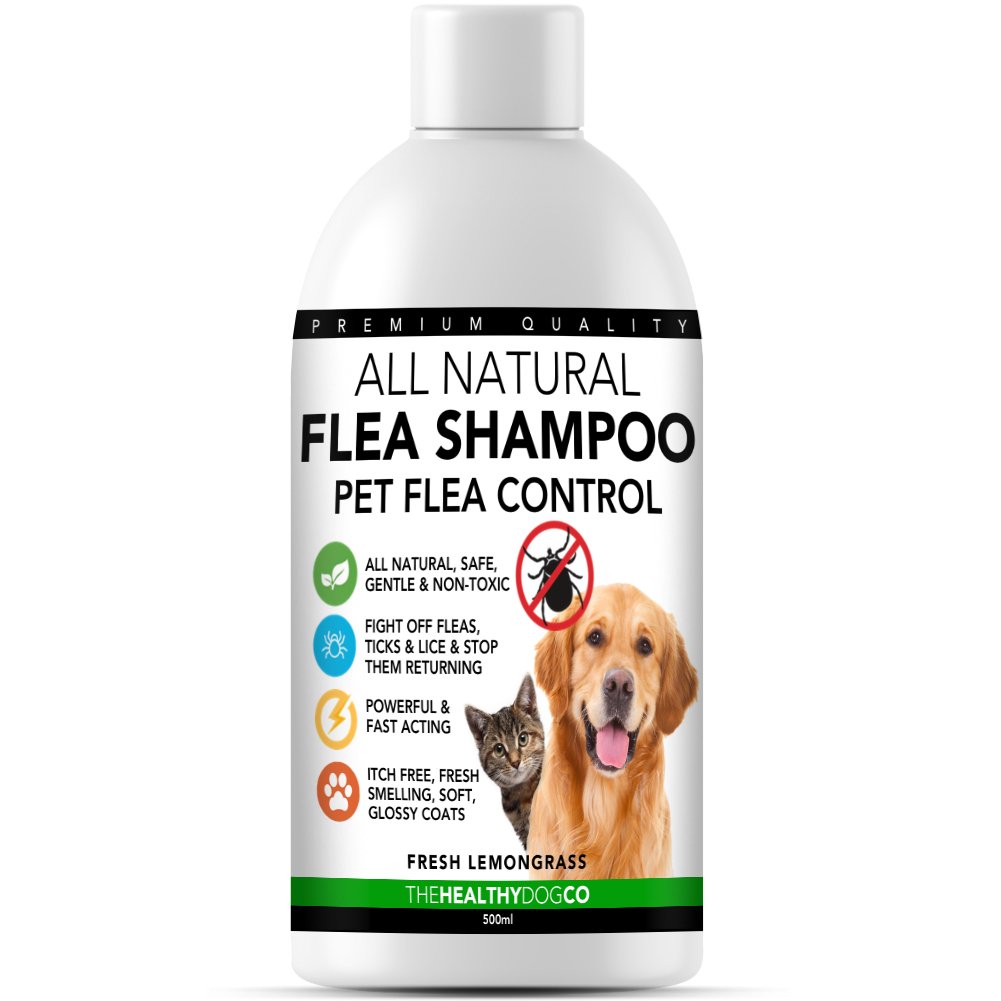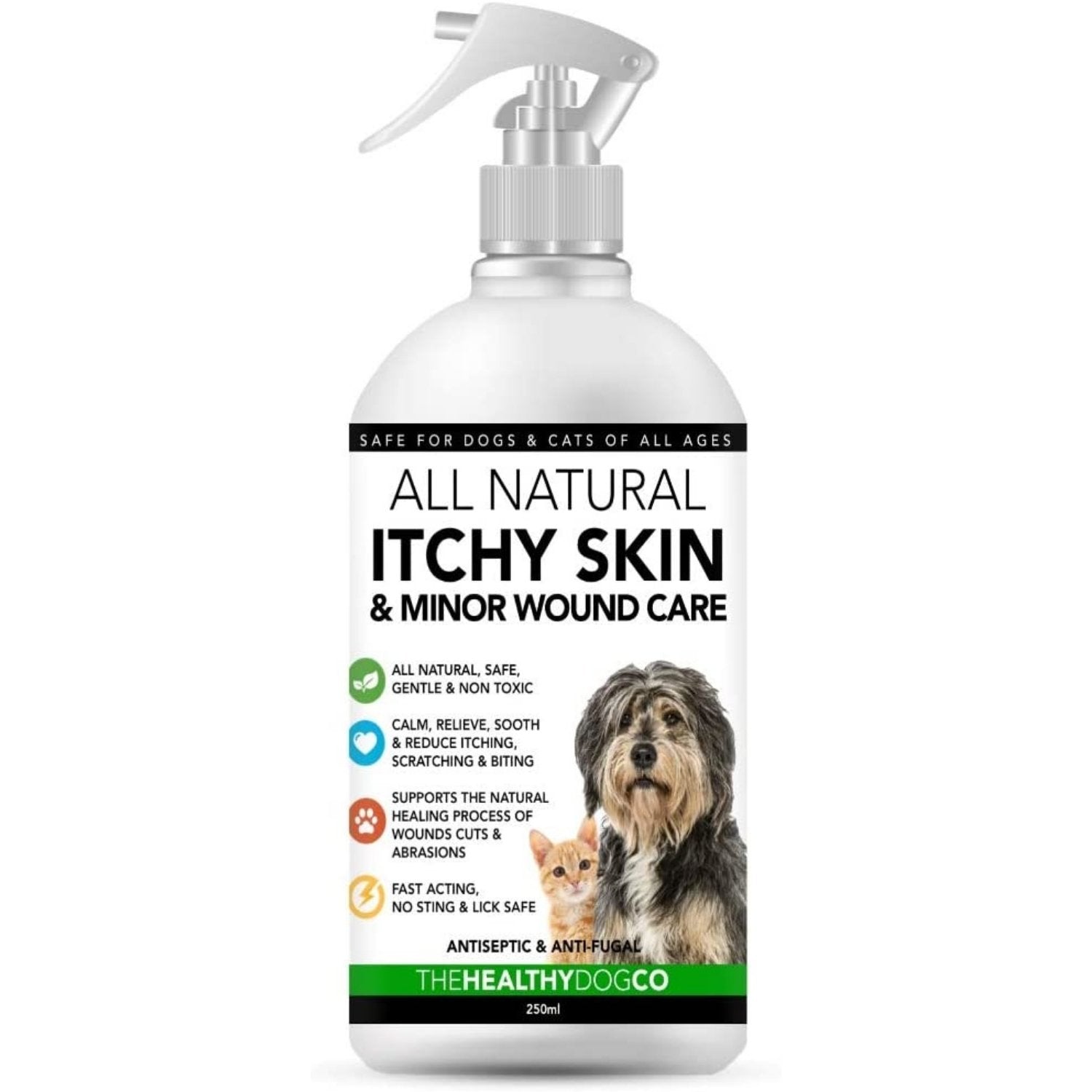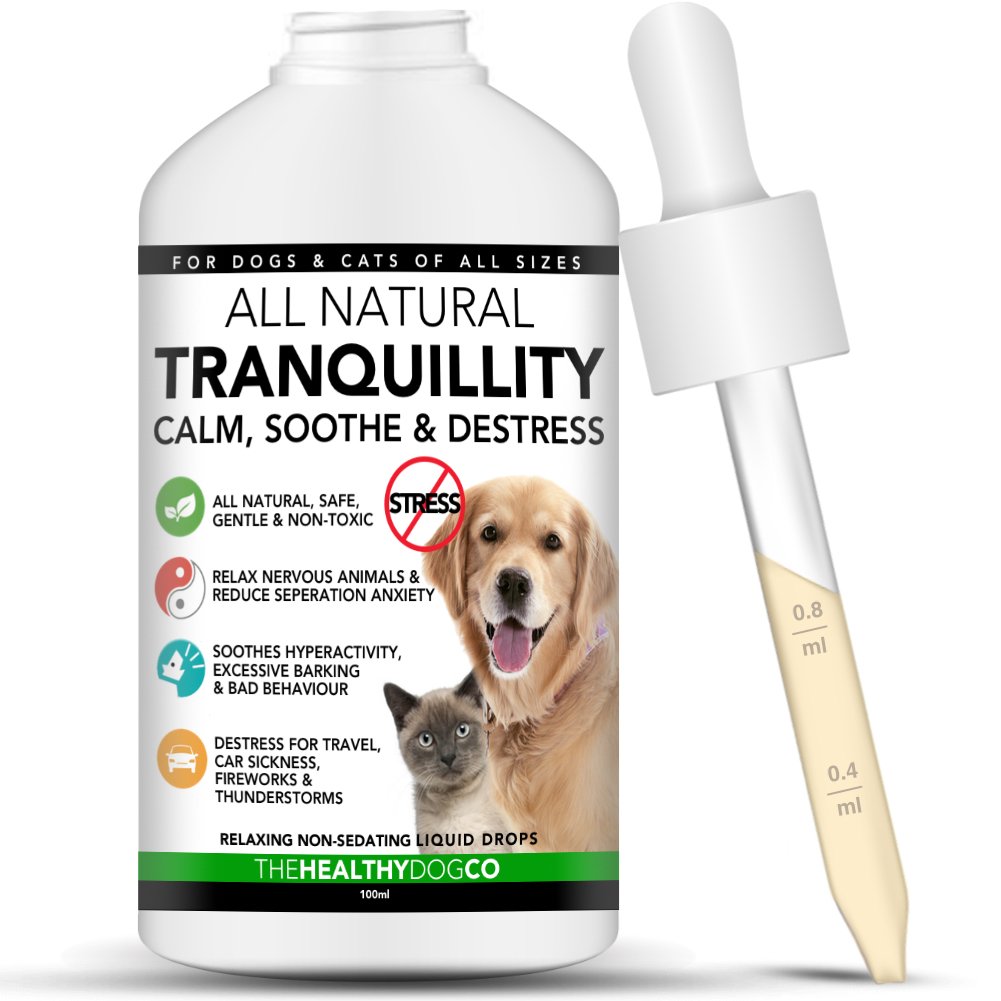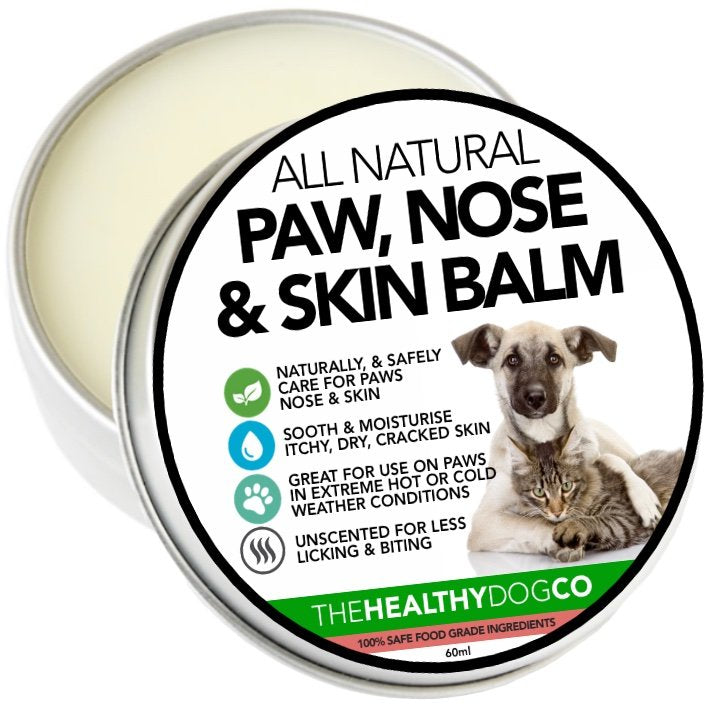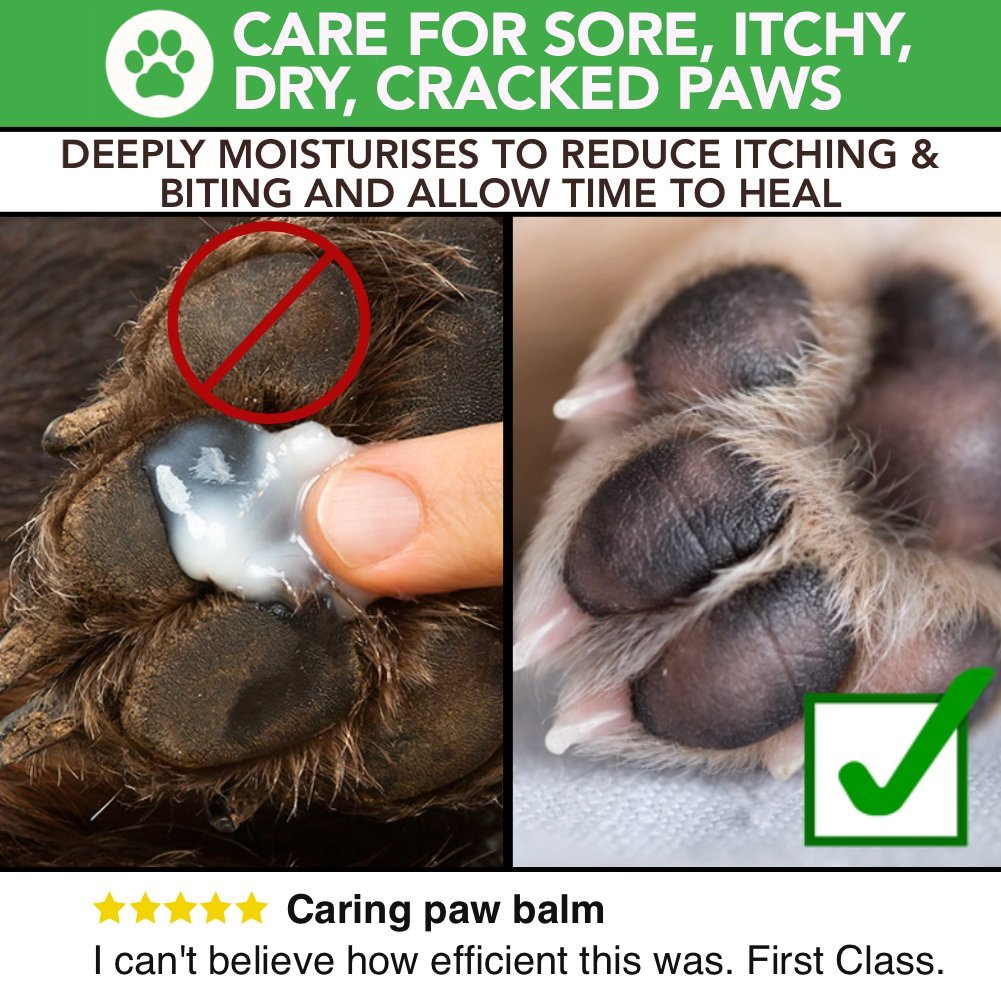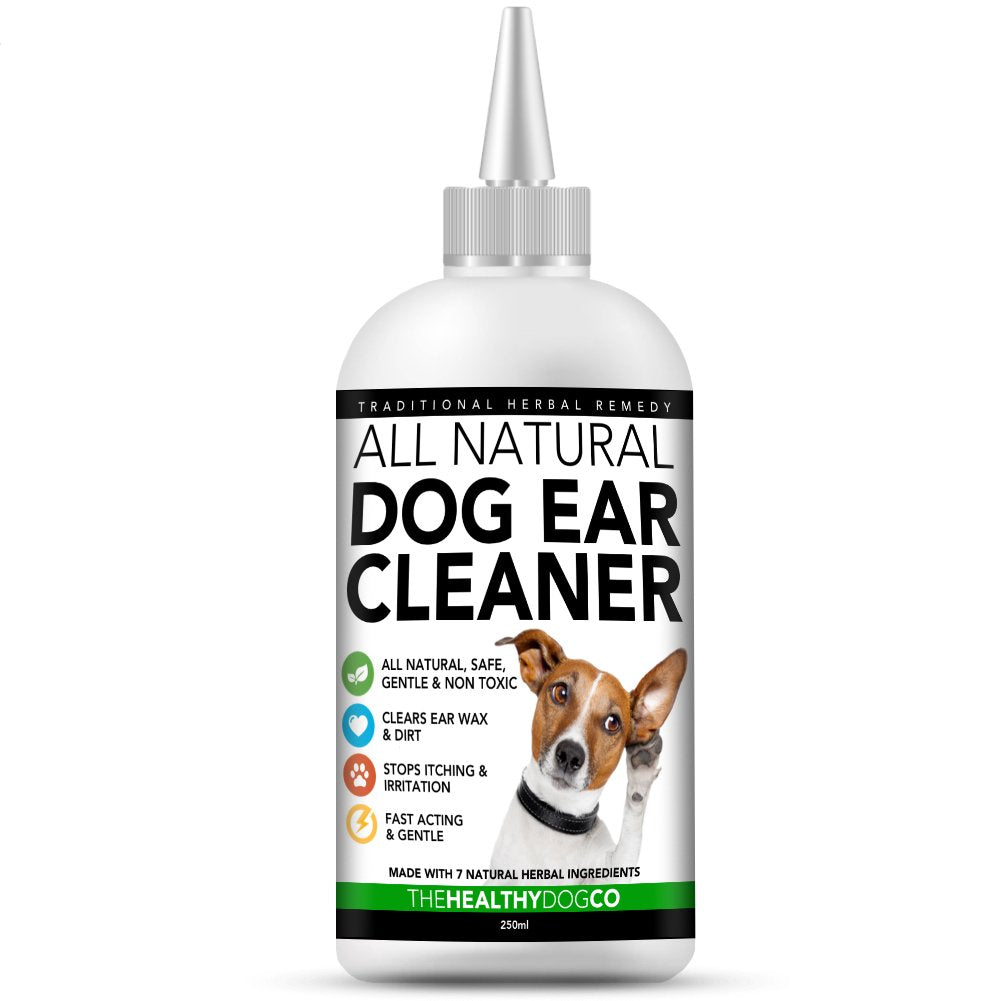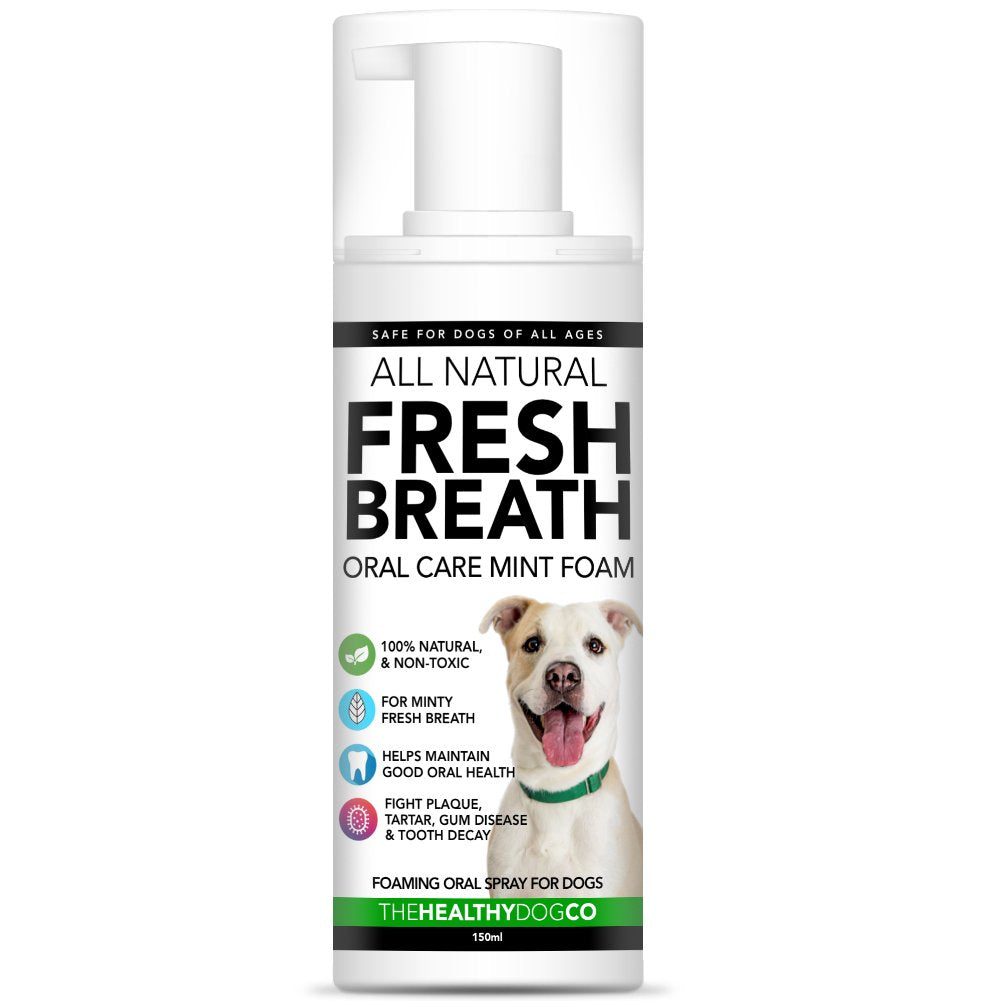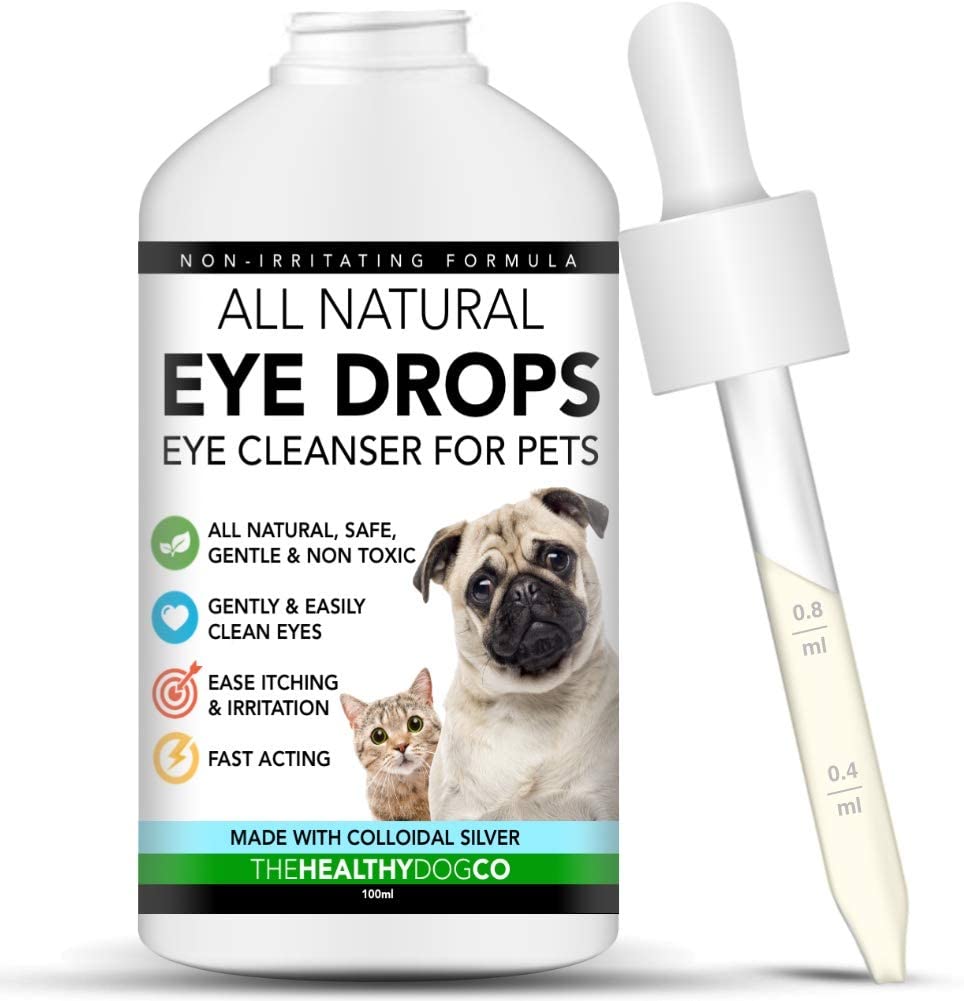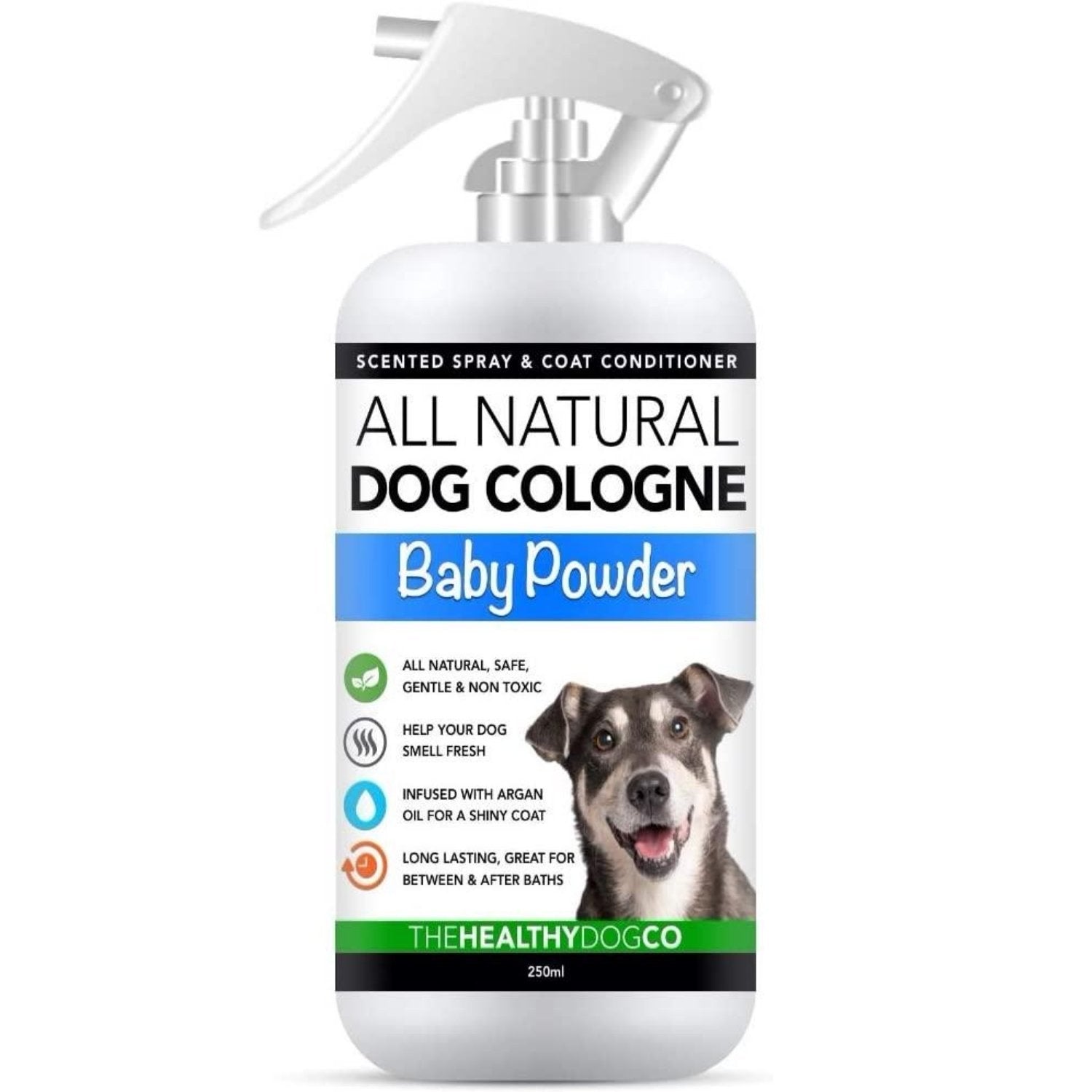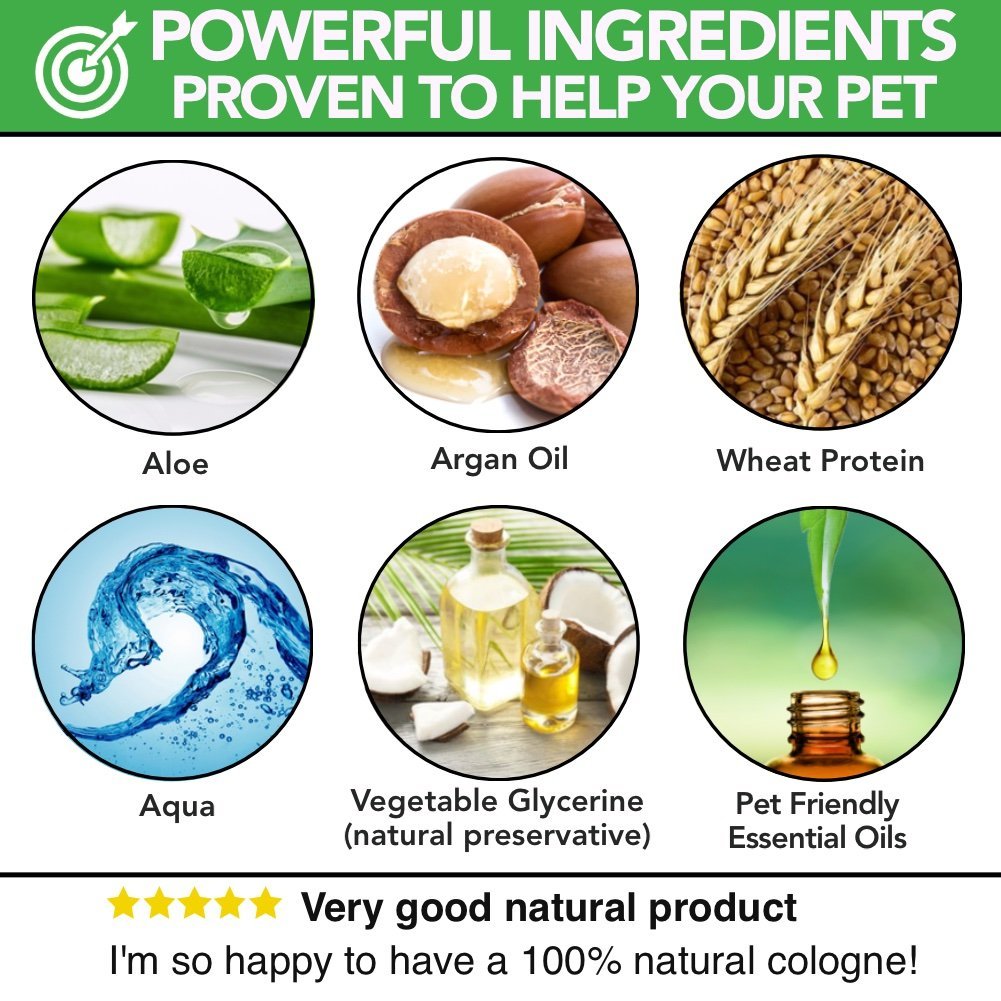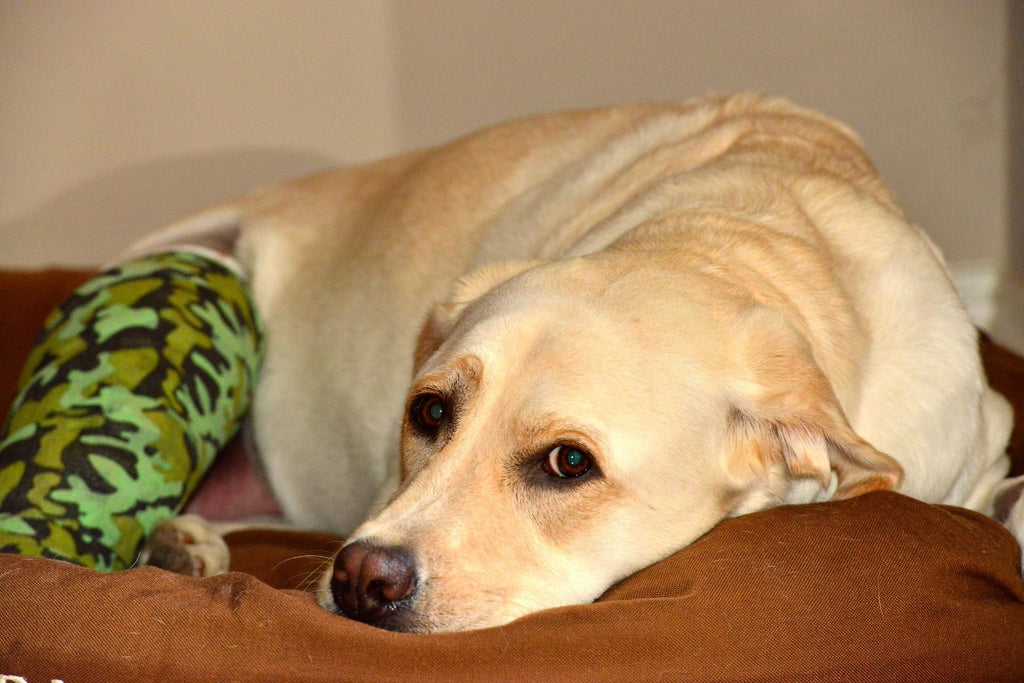
How to Get a Sick Dog to Eat

We all know how a spell of bad health can become an even greater concern when the patient is struggling to eat. Lack of food can quickly deplete energy levels, making it even harder to recover from an injury or illness.
That’s no less true of dogs than it is of humans.
If their inability or unwillingness to eat continues for a few days, then there are other alarm bells that start ringing too. How can your poorly pet get the nutrients they need to fight off their medical issues if they won’t eat? In fact, not eating can start to create new threats to their health as their weight and energy levels dramatically fall.
When they start to take an interest in food again, it can be a sure sign your sick pet is on the mend, but when their appetite is absent, it can be an anxious time for dog owners.
Much depends on what ails them of course. However, here are some general insights to help you to get a sick dog to eat.
Getting to the root of the problem
There are times when it is best to take away a dog’s food bowl and slowly reintroduce food. For example, if they have gobbled down something dubious in the park or snatched human food in the kitchen and it has caused an inevitable bout of short term vomiting or diarrhoea.
Vets often advise a period of food abstinence for dogs in this situation, while their stomach sheds whatever it is that has upset it. Then, food can be gradually reintroduced when they have a settled tummy.
However, what happens if you put food down for your dog, and it gets ignored?
Understanding why your dog is refusing food can help you to tackle the issue. It could be something obvious, such as recovering from an injury, illness or trauma that you are already aware of.
What if this sudden loss of interest in food comes out of the blue?
If your dog is showing other symptoms as well as refusing to eat – such as vomiting, diarrhoea, rapid weight loss, wheezing or severe lethargy - then seeking the advice of a vet is highly recommended. It could be that their lack of appetite is linked to an infection or a common dog issue such as an inflamed digestive gland. No amount of tempting a dog to eat will be successful until they get the right treatment for whatever it is that ails them.
However, some of the causes of lack of appetite in dogs are more difficult to diagnose. This could include stress, anxiety or even grief. Dog owners know how affectionate and emotional their pets can be, so it stands to reason that their mental and emotional health can sometimes be ‘out of sorts’, leading them to display behaviours that include a disinterest in food.
Could your pet be missing someone badly, grieving the loss of another dog in your household, reacting to fireworks or showing distress from being left alone, for example?
In all these situations, you may need to take steps to make your dog feel happier, more secure and less anxious before they start to eat normally again. This includes introducing extra cuddle and play times or creating a really inviting bed for them to rest in. Being comfortable and comforted can be all that’s needed to get them eating again sometimes.
Time is a healer
If you have a good idea why your dog is refusing food, one of the first things to do is to keep calm.
Don’t expect too much of your pet. You may simply need to give them some time to regain their natural appetite and they will start to take food again when they are ready.
Being ill or in pain is enough to put anyone - or any pet - off their food for a while! It may even cause them additional discomfort if they try to eat – potentially even making them vomit. So, they are best being left to recover in peace.
Also, we all have days when we just don’t feel hungry! So, turning down the chance to munch down their normal diet could well be an unexplainable dog behaviour that is temporary.
If your dog is recovering from an illness or injury that limits their ability to exercise, you may well see a corresponding dip in their appetite too.
So, for a little while, it is not necessarily a cause for alarm if your four-legged friend refuses food. It is far more crucial that they take in liquids, so make sure that fresh water is handy and accessible at all times. Remember, if they are under the weather, walking to their water bowl can seem too much effort. This could be a time to place it near to wherever they are curled up to snooze.
Boiling and then cooling water for sick dogs, and offering it to them in small amounts, can also be a wise step. This keeps them hydrated without letting them ‘overload’ their stomachs.
It could be that as your dog starts to recover, they start to take an interest in food again all on their own. Leave a small amount of food out (refreshed regularly of course) and they may suddenly decide to polish it all off!
Clearly, if a lack of appetite continues for some time and you don’t know the cause, this is another occasion when consulting a vet is wise.
What to feed a sick dog

If you have dealt with the why then the next step is to tackle the what; what can you do to get a dog to take an interest in food? If you are trying to gently tempt a poorly pooch to take in some nutrition – to help them to recover – then what should you give a sick dog to eat?
Filling their bowl with a big pile of their normal foodstuff can be off-putting. As well as wasteful. Providing a small batch of highly nutritious food for dogs makes more sense. This is partly so you can see how they react to food as well before they progress to full bowls and full tummies!
If they don’t touch or complete their bowl, remember to dispose of the food regularly and put out fresh amounts.
Moving the bowl to a new place may ignite their interest, especially if it is closer to their bed. You know your pet – do they like a quiet solo spot to eat in, or do they love an audience?
Another thing to try at this point is switching to a different brand or type of food. This can get your dog interested in whatever is in their bowl. Having a sick dog is a particularly good point to consider using food made entirely of natural ingredients, with no artificial ingredients or hidden nasties! This will be kinder on your dog’s stomach during their recovery phase and will ensure that even small amounts of food are packed with nutrients.
Also, you could try tempting a sick dog to eat by offering them something different than their normal fare. For instance, mixing up some of their usual dry kibble with wet food to whet their curiosity as well as their appetite!
Giving sick dogs treats
If you are getting concerned that your dog won’t eat, and your pet's normal food is being ignored, this could be the right time to tempt them with something that you don’t usually offer them.
However, by treats, we don’t mean a massive steak or a nice lump of cheese! Or items from the list of human food that is harmful to dogs, like chocolate.
Things to feed a sick dog with no appetite need careful consideration. As your four-legged friend recovers, they need something that won’t be rich, hard to digest or cause a whole new set of problems. Nothing salty either, to add to their hydration issues.
A good illustration of a treat to tempt dogs to eat would be scrambled egg. It’s the perfect convalescence food as it is easy on the stomach but contains good amounts of nutrients. Also, shredded cooked chicken and rice is also a good combination to get sick dogs to eat. Mashed pumpkin is often a recommended recovery food for dogs too, as it is nutritionally beneficial and kind on the tummy.
Some pet owners use smelly foods to tempt their dogs – such as mashed fish (with great care taken to remove any bones). By the way, you can also appeal to a reluctant eater via their nose if you gently heat their food for a few seconds in a microwave. The boost to its odour can remind your dog that this is something worth having!
Peanut butter is a popular treat for dogs and often recommended by vets as a harmless indulgence. That too could be a way of kick-starting their appetite. Also, baby food mixtures can be a handy way to tempt a dog to try to digest food.
Over the next day or two, you could start to mix their normal food with these treats to gradually transition them back to their usual dry or wet diet.
Simple methods to reintroduce food to sick dogs
Feeding a sick dog off a spoon can help introduce small amounts of food in an easy way. A little bit every so often can start to build up their strength and appetite. You could hand-feed your poorly pet, letting them take small amounts as you cuddle and massage them.
Or, you could start by dipping your finger in the light food substance and letting them lick it off. They may then be interested enough to lick it off their bowl too.
Some dog owners even recommend dabbing a small amount of food on the dog’s own face. They will want to lick it off to clean themselves, and it serves as a reminder of how delicious food is!
Do you remember the techniques you used to train your dog and to reinforce positive behaviours? Those could come in handy now you are tempting them to eat. Every time they consume food, give them lots of praise and reassurance – and a head scratch or cuddle - to make them want to repeat the action.
Giving dogs medicines
One of the most worrying aspects of a dog who won’t eat is that oral medications prescribed by your vet are hard to administer. If they won’t eat their kibble, how can you get a dog to take a tablet? The above section on treats for dogs may help with that, and also introducing food back to your pet in smaller amounts.
For example, wrap a tablet in a little bit of bread and peanut butter, baby food or scrambled egg. If they eat this off your hand it can help to reassure you that the tablet is truly gone!
When the issue gets serious
There comes a point when it becomes important to help a sick dog to eat. Maybe you have tried all the methods mentioned above, and for no clear medical reason, your pet is still refusing to eat from their bowl.
In this case, it could be time to intervene and reintroduce them to food to boost their energy levels.
One way to achieve this is to use a syringe. You fill this with a watered-down version of wet dog food or liquidised treats. Cooled vegetable soup or a meat broth is an option too. You could then gently introduce this food to the dog's mouth.
It is important to use this method of feeding a dog under medical advice if possible. Your vet can explain the best way to feed your dog with a syringe and can confirm it’s a wise course of action. It is sometimes a method a vet would suggest when a dog has problems with their teeth or sores on the roof of their mouth, for example.
Also, keep in mind that being heavy-handed or forceful with a syringe can cause your pet distress or even lead to a choking hazard for a poorly pooch.
Can you artificially stimulate a dog’s appetite?
Another thing to consider when everything else has failed is asking your vet to prescribe an appetite stimulant. These are chemical agents that trick the dog's brain into desiring food by boosting key hormones.
Vets would only do this if they felt it would counterbalance a medical issue preventing a dog from developing a natural interest in food. For instance, following surgery or a type of illness that severely suppressed their appetite.
Sick dogs and eating grass
This is a topic that has perplexed many pet owners – why does my dog eat grass?
In many cases, the answer is because it needs to! Grass can be a natural cleansing agent for a poorly pooch.
Dogs will gravitate to harmless greenery and start nibbling or munching it to satisfy an instinctive need. This could be a way of adding fibre and moving things along in their bowels or even deliberately making themselves vomit to cope with a stomach upset.
There are times when a sick dog refuses their normal food, but happily chows down on some grass. This could actually be a sign that they are self-healing and using this greenery as the first step back to a normal diet. However, if the grass becomes the only thing they will eat - or a bit of an obsession - lasting days rather than hours, then a vet consultation is recommended.
Check the ingredients in your dog food
You can't (and shouldn’t) force a dog to eat if it really doesn’t want to. However, the measures above can be used to stimulate your pet’s interest in food, reigniting their normal appetite level.
Reference has already been made to tempting a dog to eat by switching the food offered to a tasty treat or a more highly concentrated source of nutrients.
This is a point worth emphasising.
There is a possibility that a sick dog refuses food because it instinctively knows it needs something different. This is particularly true in older dogs, who can crave a substance that is kinder on their stomachs or different (and more intense) in natural flavours.
Switching to all-natural dog food with no artificial preservatives, flavours or colours (and absolutely no chemicals that cause long term issues) can tempt a poorly pet back to their food bowl, and keep them healthier for longer once they recover too.
NOTE - This content is not intended to replace professional veterinary advice. If your dog has a medical condition or serious health problems, obtain your vet's consent before using the above products.
Featured Products
About The Healthy Dog Co
The Healthy Dog Co’s mission is to create products that dog and cat owners can trust with the health of their pets by only producing products with healthy, safe, all natural ingredients.
At The Healthy Dog Co, it’s all about giving your pet a healthy and happy life with All Natural Health, Happiness and Care Products.
Because Your Pet Deserves Better!
Shop our range of All Natural Healthcare Products for your Dog or Cat today!
